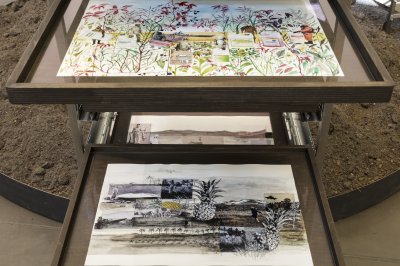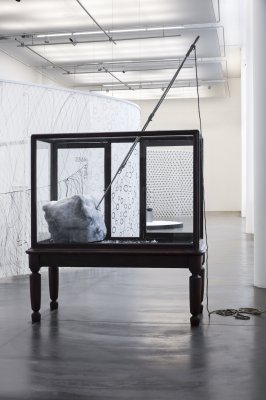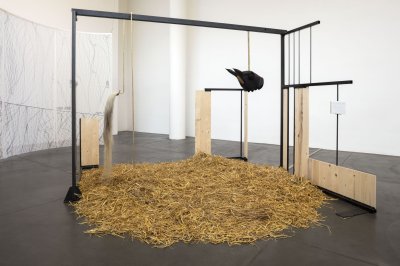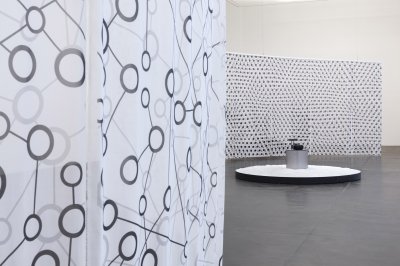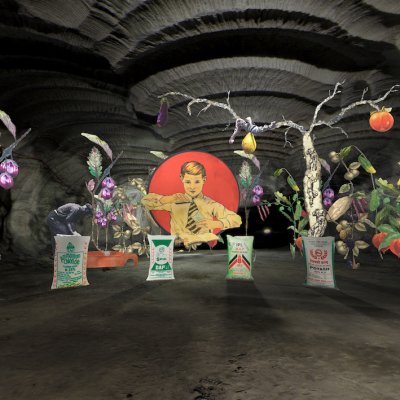Marzia Migliora. The Spectre of Malthus
 10 October 2020–12 March 2021
10 October 2020–12 March 2021
The Exhibition
In his celebrated New Dark Age, James Bridle speaks of the intensification of clear air turbulence as one of the many unexpected violent phenomena caused by global warming. The same image of turbulence also acts as the trigger for David Szalay’s recent novel of the same name, in which an unexpected and terrifying tremor on a London-Madrid flight unleashes a long chain of events. In these examples (and in others too: how can we forget Shirin Neshat’s celebrated installation of 1998?), the image of turbulence is taken as a disturb- ing metaphor of this day and age, of climate change, of the uncontrollability of the consequences of the behaviour of the West, in particular in relation to the exploitation of the planet’s resources. The same uneasy turbulence moves Lo spettro di Malthus (The Spectre of Malthus) and the journey that Marzia Migliora asks us to make into the bowels of the earth in search of the paradoxes, the violence and the injustices perpetrated by industrial and post-industrial society, to the detri- ment not only of the Earth but also of our very future.
In a broad perspective of investigation of the present and the idea of art as a tool of knowledge and a transformative social agent, this exhibition is crucial in the museum’s events calendar for a number of reasons. The first is that it is the first project to be hosted by MA*GA under the patronage of Italian Council (6. Edition 2019), a programme promoted by the Directorate-General for Contemporary Creativity of the Italian Ministry of Cultural Heritage and Activities and Tourism (MIBACT) for the promotion of contemporary art in the world. The second is that ‘The Spectre of Malthus’ will become part and imme- diately a cornerstone of the museum’s collections at the very moment in which a digital culture research centre is coming into being. The installation, in fact, will be shown first in the temporary exhibition space, then in the permanent digital culture collection. Last of all – and maybe this is the most significant reason – because the work itself appears as an unexpected turbulence in “clear air” for the public it is aimed at. The artist shares her criticisms and anxieties, and the museum becomes the place for discussion, reflection and analysis. Art and the museum thus take on a func- tion that easily overrides the aesthetic act and presents itself as a transformative cultural and social factor.
President Sandrina Bandera, director Emma Zanella and I wish to thank all the people involved in the project who have helped achieve this objective: in particular Marzia Migliora, curator Matteo Lucchetti, the Directorate-General for Contemporary Creativity of MIBACT; our project partners, in particular Maria Bottai and Serlachius Museums in Mänttä, which hosted the first version of the work in their exhibition The Quest for Happiness, Italian Art Now, Charles Esche and the Van Abbemuseum in Eindhoven for the on- line exhibition and the project they intend to develop with Marzia Migliora in 2022, Roberto Cincotta and the Italian Institute of Culture in Warsaw for their support and diffusion of the project; and our cultural partners – the National Gallery of San Marino and the City of Gallarate National Award for the Visual Arts – thanks to which the artist worked at MA*GA for the first time in 2016.

